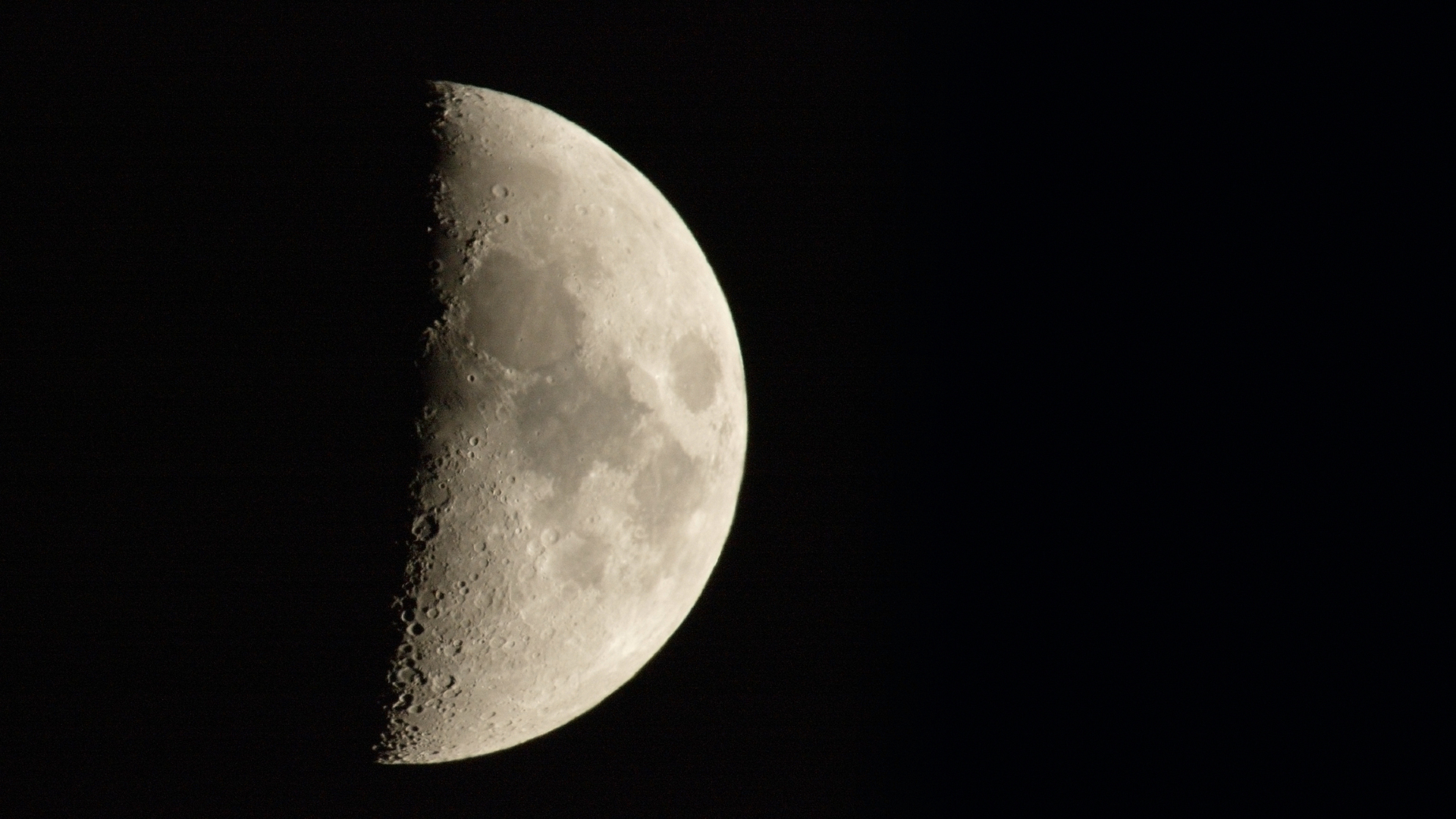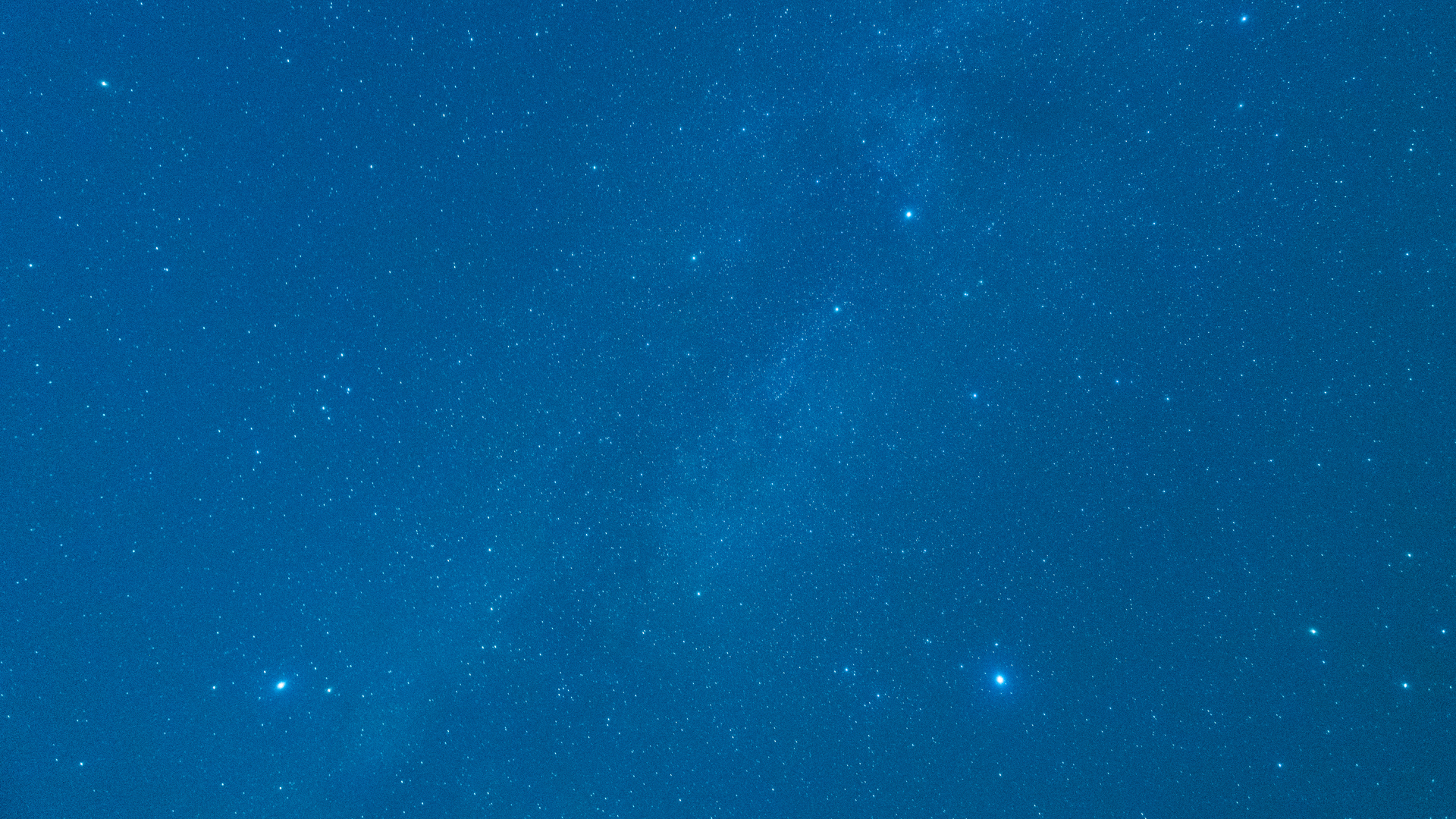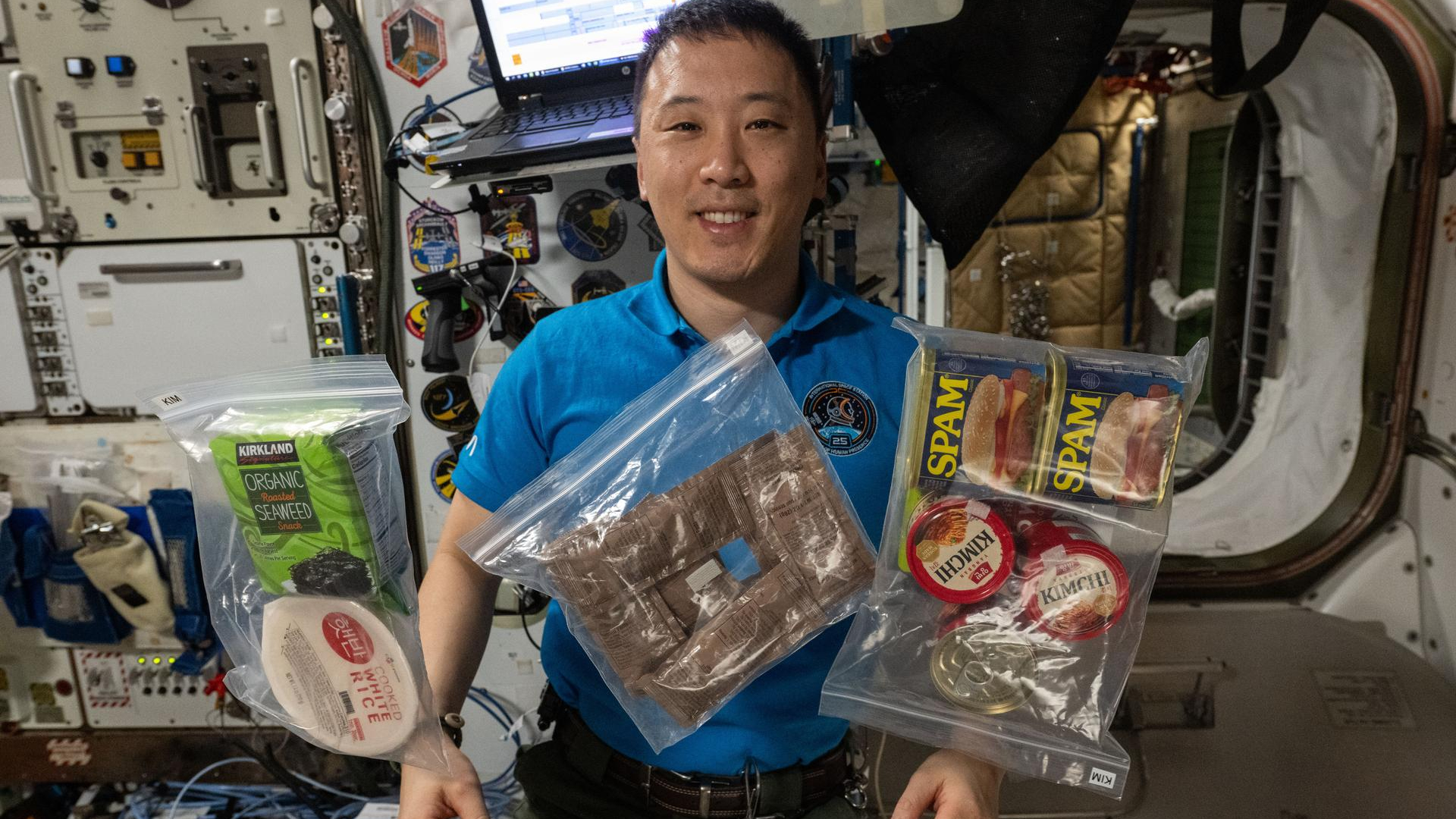Thanksgiving night sky 2025: Moon, Saturn and autumn stars put on a post-turkey show
Enjoy a post-dinner stargazing session as the first-quarter moon, Saturn and the season's brightest stars light up the Thanksgiving night sky.

The National weather outlook for Thanksgiving Day suggests that much of the country will enjoy generally fair weather. The exceptions will be for parts of the Great Lakes where snow showers and flurries will fall, along with perhaps some locally heavy lake-effect snow squalls, especially for northeast Ohio, northwest Pennsylvania, and western and northern New York State. In addition, some light snow may fall over parts of the "Big Sky Country" of Montana and northern Idaho, with rain showers near and along the coasts of Washington and Oregon. Much of the western US will enjoy unseasonably mild weather, while a good part of the eastern US will be experiencing rather brisk and unseasonably cold conditions.
If your household is like most American families, then on Thursday, you likely will all be sitting down with family and friends to a traditional Thanksgiving turkey dinner during the mid-to-late afternoon hours. Then, as darkness falls, some will probably migrate into the living room to catch some football or other holiday fare on television. But if you have a large gathering of family and friends at your home — and if your skies are mainly clear — why not invite everyone outside to gaze at the evening sky?
If you have binoculars, or better yet, a telescope, you just might end up turning this into a memorable family tradition of its own.
The moon, plus a bright planet
As darkness falls on Thursday, there will be the moon shining in the south-southwest, only several hours away from arriving at its first quarter or "half" phase. And located less than 20 degrees — the equivalent of two clenched fists held at arm's length — to its left will be the planet Saturn.
Even in binoculars, the moon is a striking sight to see. It's such a special object because it doesn't matter whether you live in a rural area or in the middle of a brightly lit city, for the moon can always be readily observed. It always looks spectacular whether you're using binoculars or a telescope. It never looks precisely the same, no matter how often you view it, and can be observed even on hazy or partially cloud-covered nights. As it turns out, when the moon is near first quarter, that's just about the best time to look at it for a few reasons:
- The moon is in a fine position for evening study
- The moon is not sufficiently bright to cause loss of detail due to glare.
- As the line of darkness — called the terminator — recedes, features near the border stand out in bold relief; the shadows become stronger and details are more easily seen.
If I may paraphrase the mysterious voice from the 1989 movie, "Field of Dreams": "If you set up your telescope, they will come." And you'll get a big kick out of your Turkey Day guests uttering all the "oohs" and "ahs" or exclamations of "Wow!" just one peek through the eyepiece will get.
Meanwhile, Saturn glows at first magnitude, shining with a sedate, yellow-white glow and appearing slightly brighter than the star Fomalhaut, glowing far to its lower right. Its famous ring system is now tilted only about one-half-degree toward Earth and as a result, it appears most unusual when viewed through the eyepiece of a telescope magnifying over 30-power; just a thin line of light bisecting Saturn's disk.
Breaking space news, the latest updates on rocket launches, skywatching events and more!
Stars of late autumn
If we concentrate on the stars and constellations, it is interesting to note that many of the star groups and rich Milky Way fields of summer evenings are still very much evident in the western part of the sky, while the brilliant yellow star Capella ascending in the northeast is a promise of even more dazzling luminaries to come. In just a few weeks, Orion and his retinue will be dominating our winter skies.
Still very well placed high in the west is the "Summer Triangle," a roughly isosceles figure composed of the stars Vega, Altair and Deneb. As we move deeper into the autumn season and the evenings grow all the chillier, this configuration sinks lower and lower in the west. If you have binoculars, invite family and friends to use them to sweep among the splendid star fields of the Summer Triangle. They may very well share Galileo's awe when, more than four centuries ago, he first turned his telescope on the myriads of faint stars that compose our Milky Way.
Looking high in the south-southeast — almost overhead — are the four bright stars that compose the Great Square of Pegasus, a landmark of the autumn sky. And if you have a clear view of the northern horizon, it is there where you will find the familiar Big Dipper, looking abnormally large due to the "moon illusion" which makes both the sun and the moon and even star patterns like the Dipper, appear larger-than-normal when they are situated near to the horizon. Meanwhile, the striking zig-zag row of five bright stars forming the "M" of Cassiopeia, the Queen, soars high above the Dipper in the north.
Looking back in time
The very first Thanksgiving is said to have taken place in the year 1621. We see many stars by light that started its immense journey before our country was born. Are there any stars that are around 400 light-years away? Because of the difficulty in measuring parallaxes (distant objects' changing positions when viewed from Earth), astronomers cannot determine such distances with an accuracy of one light-year. However, the 2025 "Observer's Handbook" of the Royal Astronomical Society of Canada, in its table of 288 brightest stars, lists two that are above the horizon on November evenings that are 400 light-years away: Third-magnitude Algenib, the star in the lower left corner of the Great Square of Pegasus, and second-magnitude Almach, at the end of the chain of stars marking the constellation of Andromeda, the princess. If you see either of these stars on your next clear night, keep in mind that you are looking at light that started on its journey to Earth about the same time that the first pilgrims were arriving in what we now call the state of Massachusetts.
Here at Space.com, we like to wish a very happy and safe Thanksgiving to all, and of course, clear skies!
Joe Rao serves as an instructor and guest lecturer at New York's Hayden Planetarium. He writes about astronomy for Natural History magazine, Sky & Telescope and other publications. Follow us on Twitter @Spacedotcom and on Facebook.

Joe Rao is Space.com's skywatching columnist, as well as a veteran meteorologist and eclipse chaser who also serves as an instructor and guest lecturer at New York's Hayden Planetarium. He writes about astronomy for Natural History magazine, Sky & Telescope and other publications. Joe is an 8-time Emmy-nominated meteorologist who served the Putnam Valley region of New York for over 21 years. You can find him on Twitter and YouTube tracking lunar and solar eclipses, meteor showers and more. To find out Joe's latest project, visit him on Twitter.
You must confirm your public display name before commenting
Please logout and then login again, you will then be prompted to enter your display name.


